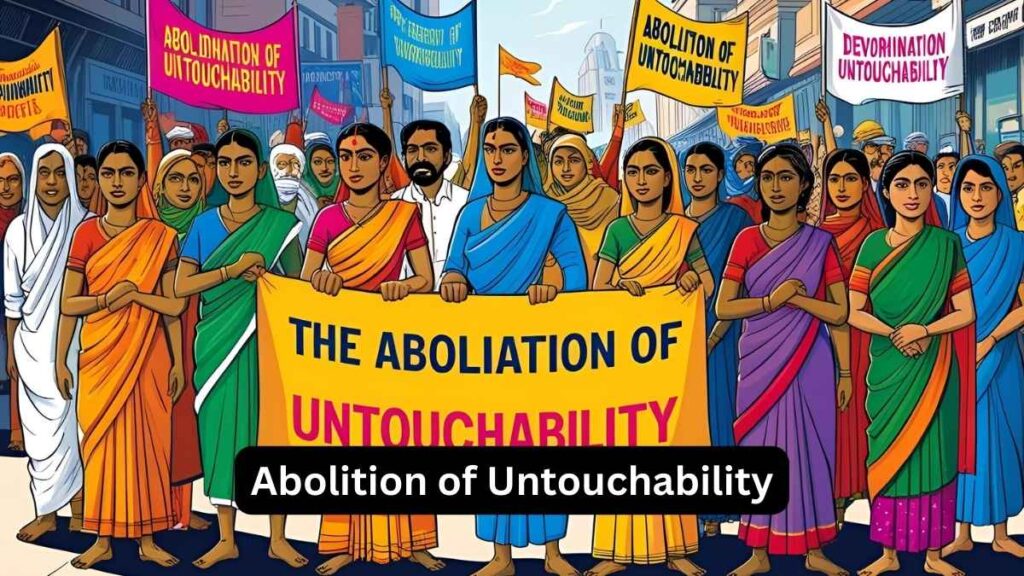Font size:
Print
Vitamin D Deficiency
Rising Instances of Vitamin D Deficieny in India
Context: A recent report titled Roadmap to Address Vitamin D Deficiency in India by the Indian Council for Research on International Economic Relations (ICRIER) has sounded the alarm on the growing public health crisis of Vitamin D deficiency in India.
More on News
Terming it a “silent epidemic,” the report highlights the widespread impact of the deficiency and calls for urgent action through national campaigns, pricing reforms, food fortification, and better diagnostics.
Vitamin D deficiency occurs when the body doesn’t have enough vitamin D, which is essential for bone health, immune function, and overall well-being.
- Causes: Limited sun exposure, darker skin tones, excessive sunscreen use, and diets low in vitamin D-rich foods like fatty fish, egg yolks, and fortified products.
- Symptoms: Fatigue, muscle weakness, bone pain, frequent illnesses, and in severe cases, conditions like rickets in children or osteomalacia in adults.
- Prevention: Regular sunlight exposure (10–30 minutes a day), consuming vitamin D-rich foods, and taking supplements if necessary.
- Treatment: Vitamin D supplements and dietary adjustments under medical guidance.
The Scale of Vitamin D Deficiency in India
- Prevalence: 1 in 5 Indians are affected by Vitamin D deficiency. Deficiency is widespread across all age groups and professions, from children to elderly, and outdoor workers to healthcare professionals.
- Vulnerable Groups:
- Children (0-10 years): 46% suffer from rickets.
- Elderly: 80-90% are at risk of osteoporosis, increasing the likelihood of fractures and long-term disability.
- Geographic Disparities: Eastern India: Nearly 39% of the population suffers from Vitamin D deficiency.
Key Contributing Factors
- Urban Lifestyles and Indoor Work Culture: Reduced sun exposure due to high air pollution and indoor work habits.
- Dietary Issues: Low consumption of Vitamin D-rich foods (fish, eggs, dairy), particularly among: Vegetarians and lactose-intolerant individuals.
- Gender Disparity: Women are particularly vulnerable across all age groups.
Health Implications of Vitamin D Deficiency
- Beyond Bone Health: Fatigue, muscle weakness, depression.
- Increased risk of: Cardiovascular diseases, Type 2 diabetes, and Cancers, including breast and prostate cancer.
Economic and Accessibility Barriers
- Cost of Diagnosis: Private diagnostic labs charge over Rs 1,500 for a Vitamin D test. Supplements range from Rs 48 to Rs 130 for just ten tablets.
- Pricing Issues: Cholecalciferol (Vitamin D) is listed under essential medicines, but only its animal-based variant is regulated by the National Pharmaceutical Pricing Authority (NPPA). The plant-based variant is unregulated and more expensive.
Government Efforts
- Vitamin D Kuposhan Mukt Bharat: A nationwide campaign to raise awareness, particularly for children, pregnant women, and the elderly. Use of schools, media, and community outreach as key platforms for awareness.
- Food Fortification: The government has fortified milk and edible oil with Vitamin D to improve accessibility2.
- Essential Medicines: Vitamin D supplements are included in the National List of Essential Medicines, although only animal-based formulations are regulated4.
- Awareness Campaigns: Programs like Project Dhoop encourage outdoor activities for school children to increase sun exposure.
ICRIER’s Recommendations for Action
- Reduce GST on Vitamin D supplements.
- Lower import duties on Vitamin D testing kits and supplements from 10% to 5%.
- Regulate pricing of both Vitamin D2 (plant-based) and D3 (animal-based) formulations.
- Promote domestic R&D for low-cost Vitamin D testing solutions.
- Expand food fortification to include: Staples like wheat and rice, and Fortify beyond just milk and oil.
- Integrate Vitamin D testing into existing health schemes like: Anaemia Mukt Bharat, and Improve mid-day meals under PM POSHAN by including fortified foods like eggs and milk.
About ICRIER
- Established: 1981
- Motto: “Linking India with the world”
- Type: Independent public policy think tank
- Focus: Accelerating inclusive development in India
- Role: Serves as a bridge between academia and policy, offering evidence-based insights to: Government bodies, Corporates, Multilateral agencies, Foundations.
- Core Research Thrust Areas:
-
- Growth, Employment and Macroeconomics (GEM)
- Trade, Investment and External Relations (TIER)
- Agriculture Policy, Sustainability and Innovation (APSI)
- Digital Economy, Start-ups and Innovation (DESI)
- Climate Change, Urbanisation and Sustainability (CCUS)


